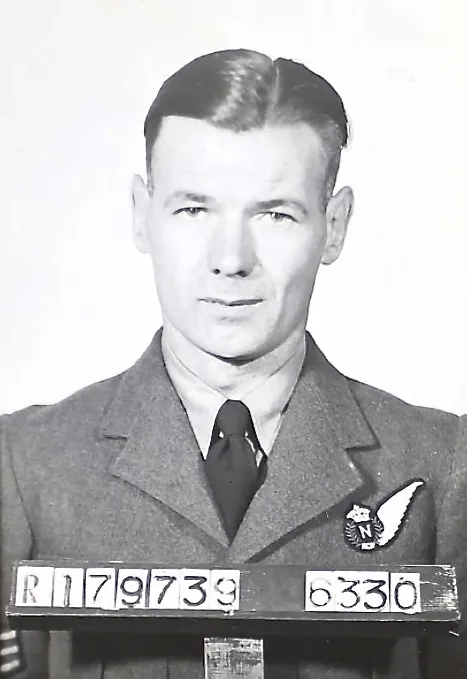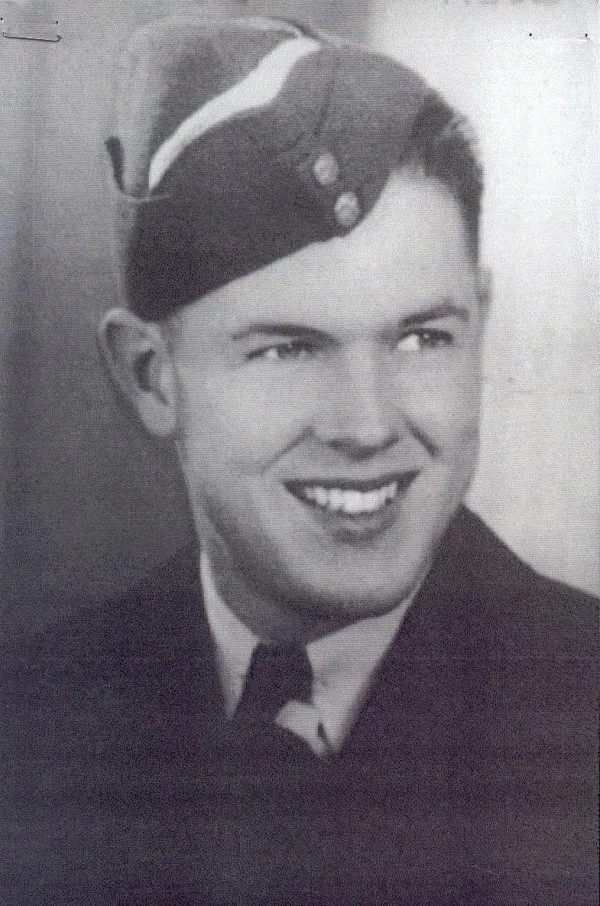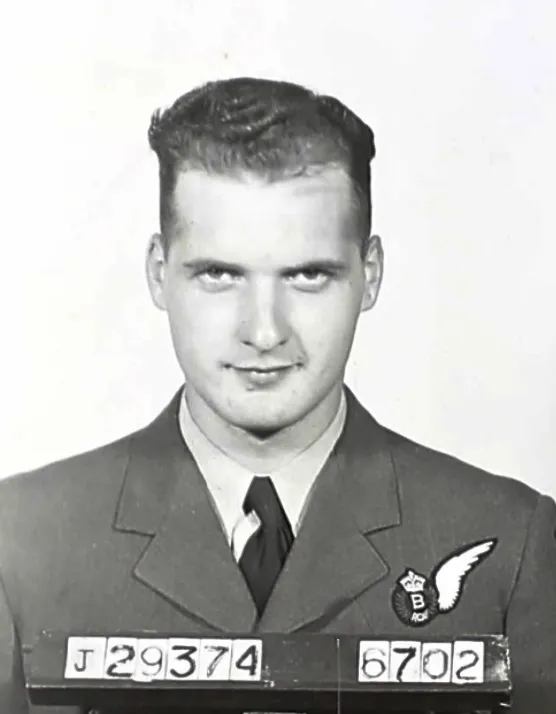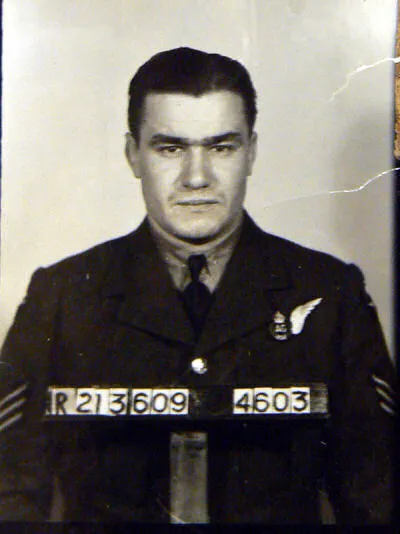Warren-Darley, George Henry
Killed in Action 1944-11-24


Birth Date: 1909
Born:
Son of George and Annabel Warren-Darley;
Home: Liverpool, England
Enlistment:
Enlistment Date: Unknown
Service
RCAF
Unit
419 (B)
Base
Rank
Pilot Officer
Position
Pilot Officer
Service Numbers
J/92111
Prev: R/179739
Lancaster Mk.X KB785
Operational 1944-November-24 to 1944-November-24
419 (B) Sqn (RCAF) Middleton St. George
419 Moose Squadron (Moosa Aswayita). At 18:12 KB785 was returning from an assigned cross country detail, they "came up" on R/T. Where instructions from Officer in charge of Night Flying told the crew to proceed on a Bombing Detail. These instruction were acknowledged at 1814 hours.At 18:25 Bradbury Bombing Range called their base saying they had seen a great flash in the air, after which the sound of an approaching aircraft's motors were no longer heard.
An investigation lead by two Engineers and headed by an Investigating Officer, gave conflicting evidence on the cause of the events surrounding the aircraft's loss. It then fell on to Air Commodore R. E. McBurney to consider the evidence of the 16 witnesses to the accident, which he proceed to do. In his opinion the witnesses provided greater help in solving what had happened. And he therefore accepted or put forth the cause of the fire being due to the fuel jettison system which was inadvertently selected instead of cold air. And the Air Commodore advised that all Groups to render the fuel jettison system inoperative until modified or a satisfactory system replaces it.
KB785 came down 250 yards South East of Sedgefield Railway Station, killing all crew members. The crew's loss was felt deeply by the whole squadron as it was nearing the completion of the crews tour. (419 Squadron Website)
Flying Officer A.C. Hirst, Flying Officer R.G. Mansfield, Pilot Officer G.H. Warren-Darley, Flight Sergeant(s) L.W. Toth, D.A. Gunn, J.J. Murphy, and Pilot Officer D.G. Newland (RAF) were all killed
On 19 June 1994 a special plaque was dedicated and a maple tree was planted as a memorial to the crew of KB 785 The plaque was sited on the church wall adjoining the village memorial. This took place in the village of Sedgefield and the service was conducted at the St Edmund's Parish Church. The Roll of Honour on the plaque reads: On 24th November 1944, the crew of a Lancaster Bomber of number 419 Moose Squadron, Royal Canadian Air Force, Middleton St George, paid the SUPREME SACRIFICE. This plaque is dedicated to those who lost their lives Pilot Officer Richard Mansfield DFC Ottawa, Canada; Flight Sergeant Douglas Ginn Toronto, Canada; Flight Sergeant George Warren-Dailey Toronto, Canada; Flying Officer Allan Hirst Vancouver, Canada; Flight Sergeant John Murphy Detroit, USA; Flight Sergeant Leslie Toth Kipling, Canada; Sergeant Derrick Newland London, England. LEST WE FORGET. Detail provided by David E. Thompson, Middlesborough, England.
Lancaster KB785
Avro Lancaster

Canadian Warplane Heritage Museum
The Avro Lancaster is a British Second World War heavy bomber. It was designed and manufactured by Avro as a contemporary of the Handley Page Halifax, both bombers having been developed to the same specification, as well as the Short Stirling, all three aircraft being four-engined heavy bombers adopted by the Royal Air Force (RAF) during the same wartime era.
The Lancaster has its origins in the twin-engine Avro Manchester which had been developed during the late 1930s in response to the Air Ministry Specification P.13/36 for a capable medium bomber for "world-wide use". Originally developed as an evolution of the Manchester (which had proved troublesome in service and was retired in 1942), the Lancaster was designed by Roy Chadwick and powered by four Rolls-Royce Merlins and in one version, Bristol Hercules engines. It first saw service with RAF Bomber Command in 1942 and as the strategic bombing offensive over Europe gathered momentum, it was the main aircraft for the night-time bombing campaigns that followed. As increasing numbers of the type were produced, it became the principal heavy bomber used by the RAF, the Royal Canadian Air Force (RCAF) and squadrons from other Commonwealth and European countries serving within the RAF, overshadowing the Halifax and Stirling. Wikipedia
 Liverpool, England
Liverpool, England Canadian Virtual War Memorial
Canadian Virtual War Memorial






 Lancaster Bomber
Lancaster Bomber Wikipedia
Wikipedia Harold A Skaarup Web Page
Harold A Skaarup Web Page